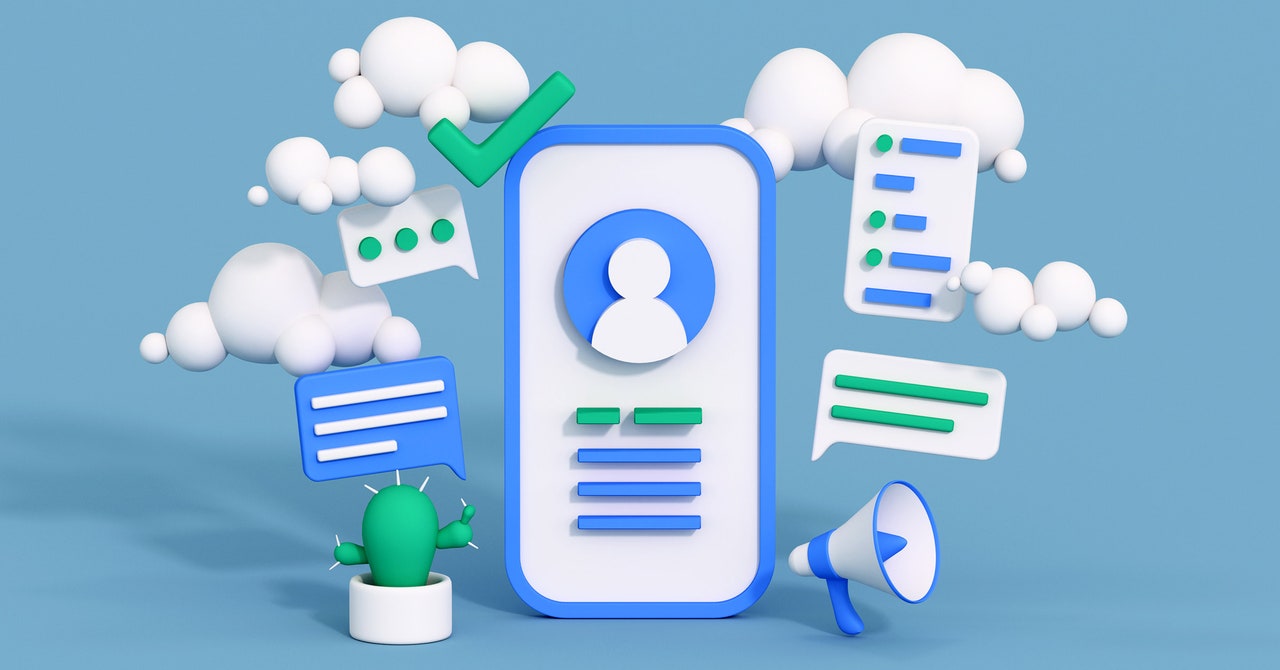If you are looking to get hired, your LinkedIn profile should be on your to-do list. It’s likely that potential recruiters will find it and form an impression of you based on what it looks like and what’s on the list.
LinkedIn profiles with huge gaps or outdated information, or pages that look like they’ve been gathering virtual dust for years, won’t show you in your best light. On the other hand, a profile that has been well maintained and has had some care and attention means that you are ticking some of the right boxes.
You may not know all the different ways to make your profile the best it can be, far beyond a superficial list of your employment and education history. All of these changes can be made through the LinkedIn website. Click Me (top left), then View profile to view your profile and options to edit it.
Customize your profile URL
LinkedIn gives you your own URL, so make it a snappy one that looks good on business cards and Twitter bios. Click Edit public profile and URL on the right, then the pen icon next to the current URL to change it: The bit after the “linkedin.com” section can be between three and 100 characters long, consisting of letters and numbers. Shorter is usually better.
Check what’s public
While you’re editing your profile, you may not be thinking about the information that other people can actually see. Click Edit public profile and URL to set what is visible to others before and after they log in to LinkedIn, including your profile picture, your education and employment history, and the number of followers you have.
Add two high quality images
Just like on Facebook and Twitter, you get both a profile picture and a background picture. Make sure they both show professional-looking, high-quality images. The background image is your chance to show off something related to your career, whether it’s an exotic destination you’ve been taken to or a high profile speaking engagement you’ve landed.
However, it’s worth noting that many people prefer not to have public photos on their LinkedIn profiles, especially those of marginalized groups. Hiring managers and recruiters are human and subject to unconscious bias – some people don’t want to risk being removed from a candidate pool because of their race, ethnicity or identity. If that’s you, that’s okay.
Link out of LinkedIn
A LinkedIn profile is all well and good, but it doesn’t tell the full story of who you are, especially if you work in a creative field. Click Contact information when editing your profile (near the top), and you can link to multiple other websites: for example, these could be portfolio sites or programming projects you’ve worked on.
Don’t sell yourself short on skills
Make sure your LinkedIn profile accurately reflects all the skills you have: Click the + (plus) icon next to the skill box to add more. Click the pen icon on the side of the same box, then the three dots and Reorder to make sure the most important are at the top – you don’t want your biggest selling points at the bottom of this list.
Add a summary
A resume is a bit like a cover letter on a resume: it gives visitors a quick overview of who you are and the type of work you do, and how you express it can be just as important as what you express. Click Add a summary on your profile if you don’t already have one, or click the pen icon next to the About section if one already exists.
Add a profile in another language
If you are comfortable with multiple languages and open to being hired in multiple countries, it makes sense to have your profile available in something other than English as well. Click the Add profile in another language on the right, then choose the relevant language from the drop-down menu. You must do the translation work yourself.
Post semi-regularly
Your profile is also where your posts appear: musings on the state of your industry, interesting work you’ve done, or links to content you find interesting. It’s not really necessary to post regularly on LinkedIn, but a few well-chosen posts can give potential employers—as well as colleagues in your field who might want to connect with you—a better idea of your interests and a more well-rounded impression. of you as a whole.
Let your contacts recommend you
Talking about yourself only goes so far: let potential employers know you really have what it takes by adding recommendations to your profile. Click the + (plus) next to the Recommendations box Ask for a recommendation to address a contact person (preferably someone who knows you well and has something nice to say about you).
Improve your headline
Click the pen icon in the top panel of your profile and you’ll see a Headline field available that appears at the top of the profile: Often this is just someone’s job title, but it doesn’t have to be. You have the freedom to get creative with this field, perhaps by including a more descriptive summary of what you actually do.
WIRED partners with Jobbio to create WIRED Hired, a dedicated career marketplace for WIRED readers. Companies looking to advertise their jobs can visit WIRED Hired to post jobs, while anyone can search and apply for thousands of career opportunities. Jobbio is not involved in this story or any editorial content.

